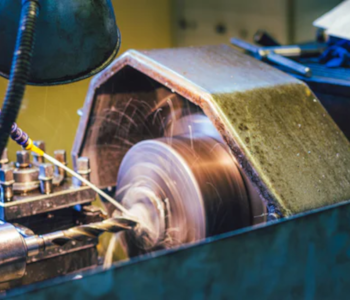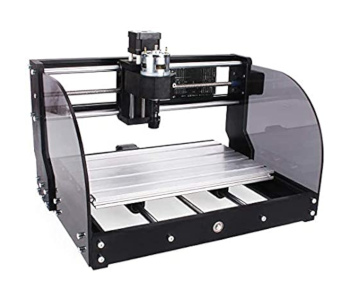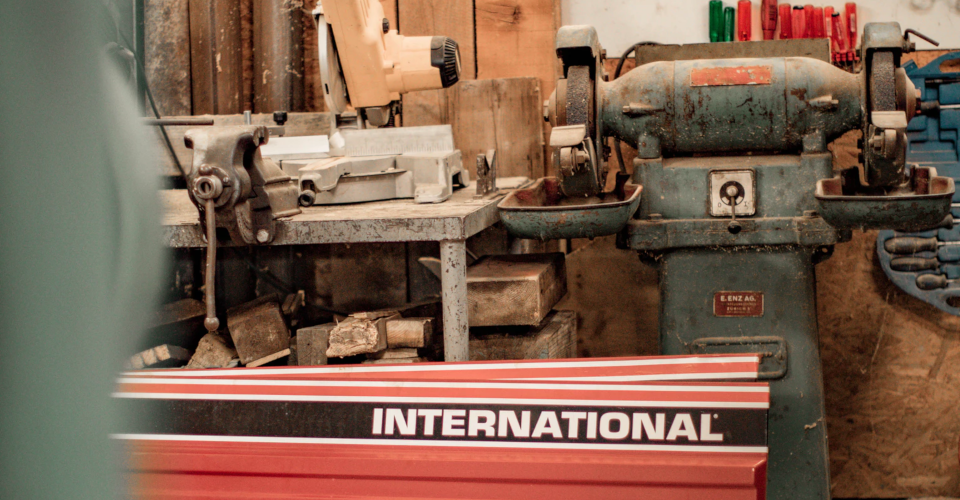Lathe Vs. Mill – How They Are Different and Which One to Use
Lathes and mills are among the two most common cutting tools used in both small workshops and large industrial settings. Though they share a few similarities in cutting or shaping materials, rarely does one serve as an adequate substitute for the other.
When designing how to machine a part, you will likely need to decide to use one or both at some point. This requires having a fundamental understanding of how they work. What are lathes and milling machines and how are they different?
The similarities
Before diving into their differences, let us first look into how lathes and mills are similar. They are both tools commonly used in subtractive manufacturing, or the creation of a workpiece by cutting away from a solid piece of material. Although subtractive manufacturing generates a lot of waste, it is still the preferred method for preserving the material integrity for heavy-duty applications.
Both lathes and milling machines go perfectly well with CNC (Computer Numeric Control) technology. However, completely manual lathes and milling machines are still very common nowadays. Being able to lathe or mill a piece using just measurements and good eye-hand coordination is a skill that is still heavily valued.
Lathing and milling are relatively simple manufacturing techniques. As such, it is common to find lathes and milling machines even in small workshops. They are fairly inexpensive, easy to maintain and use, and very versatile tools.
What is lathing?

A lathe is characterized by the process of mounting the workpiece and rotating it against a cutting tool. A process called “turning” by many, a lathe is an ideal tool for cutting into long and cylindrical objects. While the workpiece rotates, the cutting tool remains stationary. Most lathes are used with only a single cutting tool for better control and safety.
There are a few different types of lathes, the most common of which are used either for metalworking or woodworking. Woodworking lathes have spindles that rotate at much slower speeds that make it possible to complement the lathe with a sander. Metalworking lathes have more precise speed control and usually have a mechanism to introduce cutting fluids to the workpiece to reduce heat.
There are also special lathes used to work with glass or for “duplicating” the pattern of an existing workpiece.
What is milling?

A mill machine is distinct from a lathe in that it features a stationary workpiece and a rotating cutting part. In this regard, a mill machine is slightly more versatile as it can work with pieces mounted in different positions. It typically has a shorter workbench than a lathe and is instead a little taller. This makes mills easier to place on a limited shop floor.
Mills are perfect for creating shoulders, grooves, and other channels on a workpiece of any shape. Cutting in mill machines can either be on the face of the cutting tool or across its circumference, called peripheral milling. They are also great for rounding out edges, as well as straight-up drilling or intricate carving.
Having a rotating cutting tool means that mill machines use larger cutting surfaces. In some cases, mil machines can even have multiple cutting edges or tools. This makes cutting away material in mill machines faster than in lathes. When working with metal pieces, the cutting tools in a mill machine regularly receive cutting fluid to remove heat and reduce friction.
Final thoughts
Both lathes and mills are cutting tools used in subjective manufacturing, but each one has a uniquely appropriate application. Milling machines are a little more versatile. They can work with pieces of any shape and can be outfitted with multiple cutting tools.
Lathes are a little more specialized because they are designed specifically for long and columnar pieces. In this regard, however, no cutting tool can perform as well as a lathe. The versatility of lathes also cannot be underestimated considering how many objects in industries, construction, and daily life take on the form factor that fits with lathe cutting.
The contrast between the two is quite interesting. A lathe has a stationary cutting tool and a rotating workpiece, while a mill machine has a stationary workpiece and rotary cutting tool. Both equally useful tools, the value of either a lathe or a milling machine can only be realized by someone who knows how to use them properly and in the right situation.

